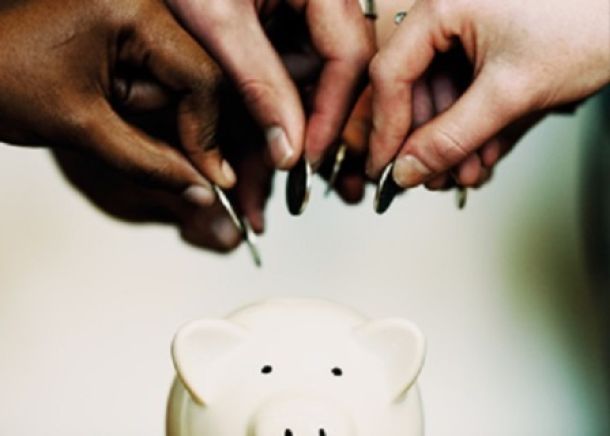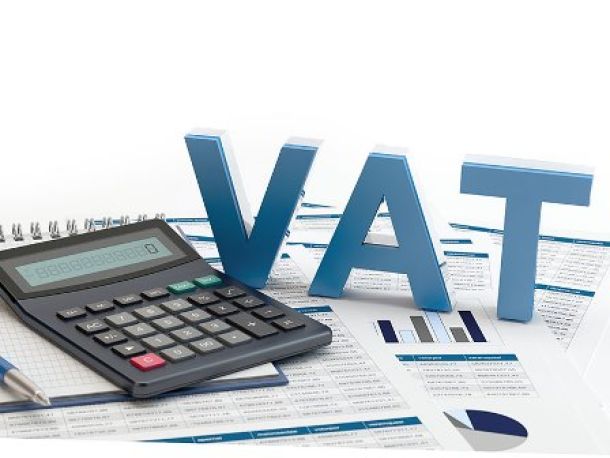Black Friday windfall for retail sales
Black Friday helped provide a surprise boost to November retail sales, which grew an unexpected 3.8% year on year.
The marketing gimmick helped lift retail sales by 3.5% from October to November. Economists had predicted a 0.4% contraction.
First National Bank senior economic analyst Jason Muscat said on Wednesday: "The contraction in October, followed by a bumper print in November suggests consumers delayed purchases in the first month of the [fourth] quarter in order to take advantage of Black Friday deals in November.
"The likelihood of this being the … driver of the revival is given credence by the 3.5% … jump from October."
Positive contributors were general dealers, which recorded a 4.7% rise in sales and hardware, and pharma retailers expanded, documenting sales growth of 5.4% and 4.9% respectively. However, food and beverage sales moderated to 2.7%, from 5.1% in October.
Economists expect the positive November retail sales to bring some recovery to the fourth-quarter GDP
Constrained spending by consumers saw furniture sales contracting 0.8% year on year.
Clothing retailers were unable to lift sales in the period, citing a tighter credit climate.
Muscat said further fiscal tightening by the Treasury and tax increases would erode consumers’ spending power.
"There is unlikely to be any interest rate relief for consumers given the sticky inflation numbers," he said.
Economists expect the positive November retail sales to bring some recovery to the fourth-quarter GDP.
Investec economist Kamilla Kaplan said high unemployment, weak real disposable income growth and depressed consumer confidence had put a damper on spending.
She said December sales were expected to be muted.
Kaplan said a retail survey by the Bureau for Economic Research showed that "retail volume growth will likely measure below 1.5% during the fourth quarter. Survey respondents expected little improvement heading into 2017."
Stanlib chief economist Kevin Lings said the retail sector had shown resilience compared to manufacturing and mining.
This was because household income growth had outpaced inflation because of above-inflation wage increases in key sectors of the economy.
News Category
- International retailers
- On the move
- Awards and achievements
- Legislation
- Wine and liquor
- Africa
- Going green
- Supplier news
- Research tools
- Retailer trading results
- Supply chain
- Innovation and technology
- Economic factors
- Crime and security
- Store Openings
- Marketing and Promotions
- Social Responsibility
- Brand Press Office
Related Articles

Empowering South African households through gro...

SPAR shares practical tips to beat food inflation

South African motorists could be paying up to R...

Big VAT changes on the cards


